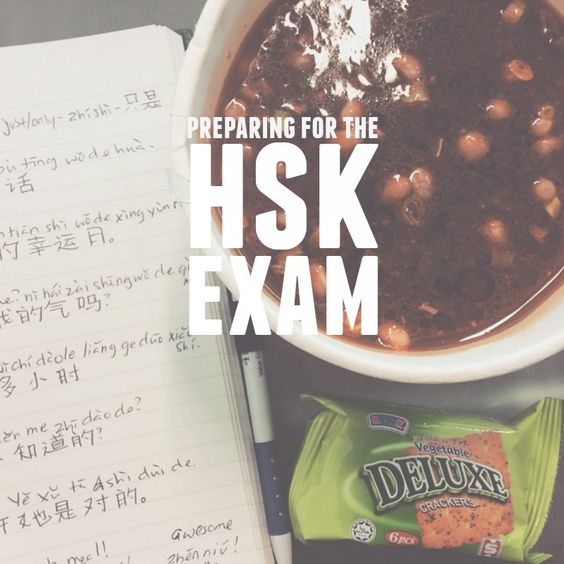How to Create Study Guides
Part1
Formatting Your Study Guide
-
1
Make the form match the function. There are many different types of study guides, each formatted to suit different subject types and learning styles. Whatever you're reviewing for, there's a study guide not only right for the subject but for your particular needs in learning that subject. Organize the information into the most user-friendly study guide you can.- If you're a visual learner, consider using color-coded sections in your study guides or using idea mapping to draw out the information and make it more quickly-accessible.[1]
- If you've got a linear mind, organize the information chronologically, or alphabetically, so you can make learn one thing in a series, and then move on to the next.[2]
- If you need to connect to information emotionally to understand it, organize your notes into narrative form to study it better. Translate concepts from math into a story that you can connect to, then organize your study-guide like a short-story you can recite to remember the application of the formulas.
- If you can memorize information quickly, use a format that will help you memorize efficiently, whether it be recording yourself reciting vocab words and definitions, then listening back on your iPod throughout the day, or by creating flash cards and testing yourself regularly.
-
2
Draw concept maps to connect main ideas and prioritize information. Concept maps involve writing each main idea into a separate box, which is connected according to their chronology or importance. Then, connect branches of associated information stemming from the main ideas.[3] This study guide method provides a good visual of how subject material fits together to make a whole concept.- An example of a concept map for a history chapter on space flight might involve "The Space Race" as the main heading, which would branch off into separate categories for The United States and the Soviet Union, with trailing data about specific missions, projects, successes, and failures.
- A formal outline, as you're sometimes expected to write for an essay assignment, is an example of a concept map. If outlining works for you and organizes information in a way you find useful, outline the info to study. Formal outlines can make excellent study guides, but only if you find them easy to write out. If it would be stressful to make one, find another solution.
- Diagrams of technical information can help to visually represent processes or procedures that take place by way of a series of defined steps. These start with a main concept and are organized from left to right in a way that highlights important key factors in the order in which they must happen.
- Timelines are good for outlining a series of chronological events, most often used for subjects like history, politics, and biology.
- When you're studying, it can be helpful to prioritize studying broad facts, formulas, and concepts, and the relationships between them. Then, it will be easier to remember things like historical dates, names, and other details.[4]
-
3
Use comparison charts to highlight the differences in key concepts. Create study guides using comparison charts, or tables, when it is necessary to compare and contrast a related group of ideas. You might use tables to organize particular parallels in history or biology or to compare different writers for a literature course.- For example, a comparison chart collecting different plant species might have the names of various plants in different column headers, with the plants' kingdom, family and genus in rows underneath. This will help organize the information for quick comparison and review.
- You could also make use of comparison charts when you're studying literature, setting up different characters in a novel in different columns, with attributes or other information under each. Likewise, information from two different novels might be nicely organized in a comparison table like this.
-
4
Use flash cards or concept cards to memorize vocabulary. Flash cards are generally created using blank 5 x 7-inch index cards and may contain as much or as little information as you wish, though they tend to be most effective for memorizing individual words or defining specific concepts. For this reason, they're especially effective for studying languages and history.- Write 1 key concept on the front of each index card and then, on the back of the cards, write whatever fact(s) you'd like to associate with the key concepts. Cycle through the cards yourself, or have someone quiz you using the cards. To make sure you've really got things memorized, go forwards and backwards, starting with the front of the card, then with the back. This works especially well for foreign language vocabulary.
-
5
Write your own sample test to study. Writing up a practice test can be an excellent way to make you analyze the content you'll be tested over from two perspectives: if you think about what would be good to include on the test, you'll be thinking like the teacher, and if you can anticipate those questions, you'll be one step ahead. Try to find out if you'll be given a multiple choice test, fill-in-the-blank, or required to answer essay questions. Prepare accordingly by writing questions of the sort you'll be tested over.- Use your study materials to help you write the questions. Try to think of it in terms of what an instructor might ask you, then write out the answer to those questions the way you would on your test.[5]
- Many teachers will be willing to provide old versions of the test, if they're available, for you to use as a study guide. Textbooks will often include sample tests that are an excellent way of studying. While it may seem extra-stressful to take the test more than once, it can be a great way of studying, and might even clue you into which questions will be on the test.
- If you're studying with another student from your class, set aside some time for each of you to make up an exam. Then, trade the exams with each other and try to answer each other's questions. That way, you'll be more sure you haven't glossed over anything important.[6]
-
6
Study multiple study guides. Create a study guide in a combination of formats, using the main concepts and supporting information you pulled from your study materials. You may draft the guides on paper, by hand, or use a computer word processing, spreadsheet or specialized study guide program to organize your information.- Some students find that re-writing notes and organizing the information into hand-written study guides forces your mind to connect more physically with the information when compared with typing. While rote recopying of notes has no effect on memory, actively reading and rewriting information can help you double-up on the studying: you've read through the info once when reading, and again, when writing.[7]
- Alternatively, if you struggle with hard-to-read handwriting, or simply prefer working on the computer, feel free to type out your study guide, make it as graphically-interesting as you want, and print out copies, or read through it on your mobile device.











